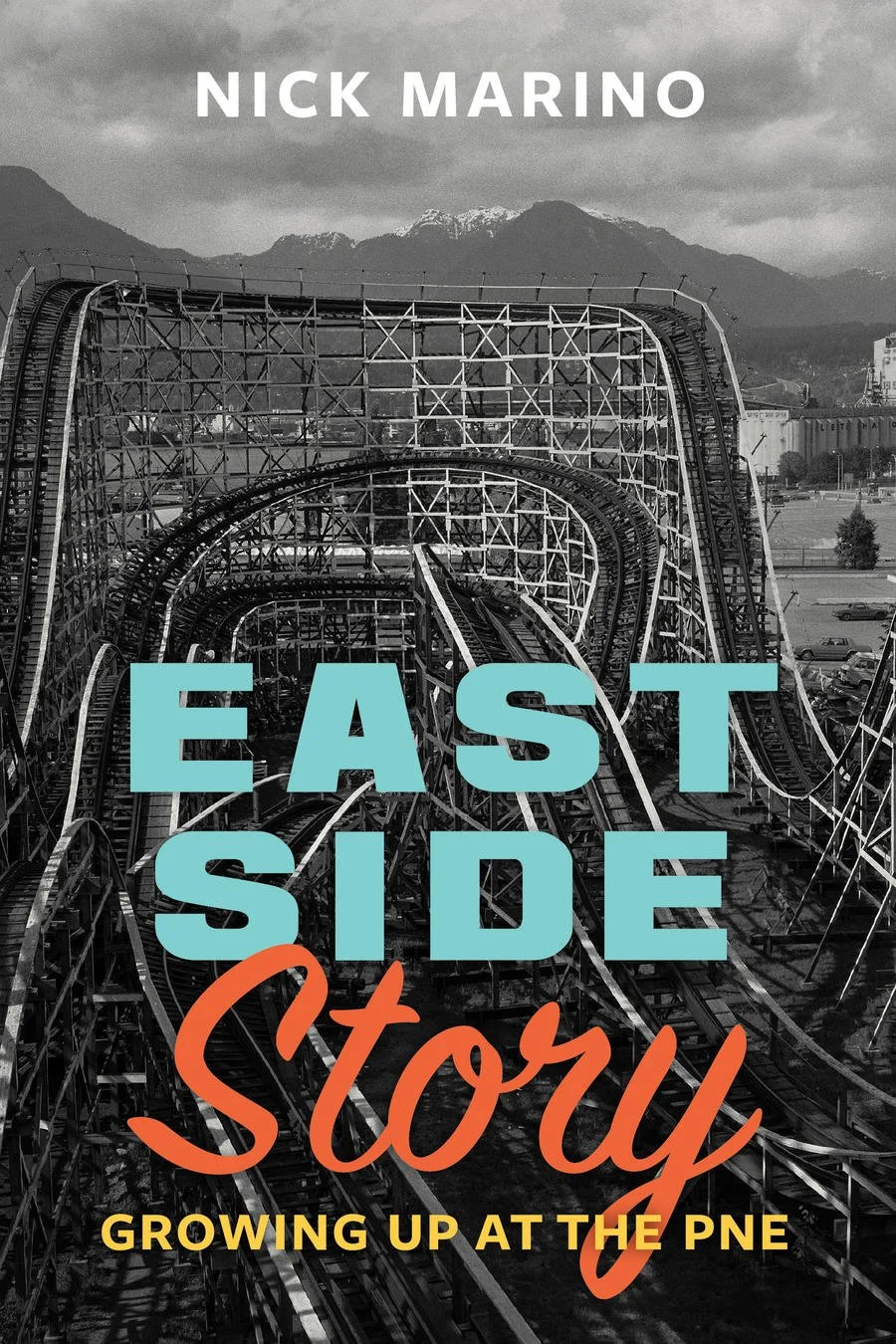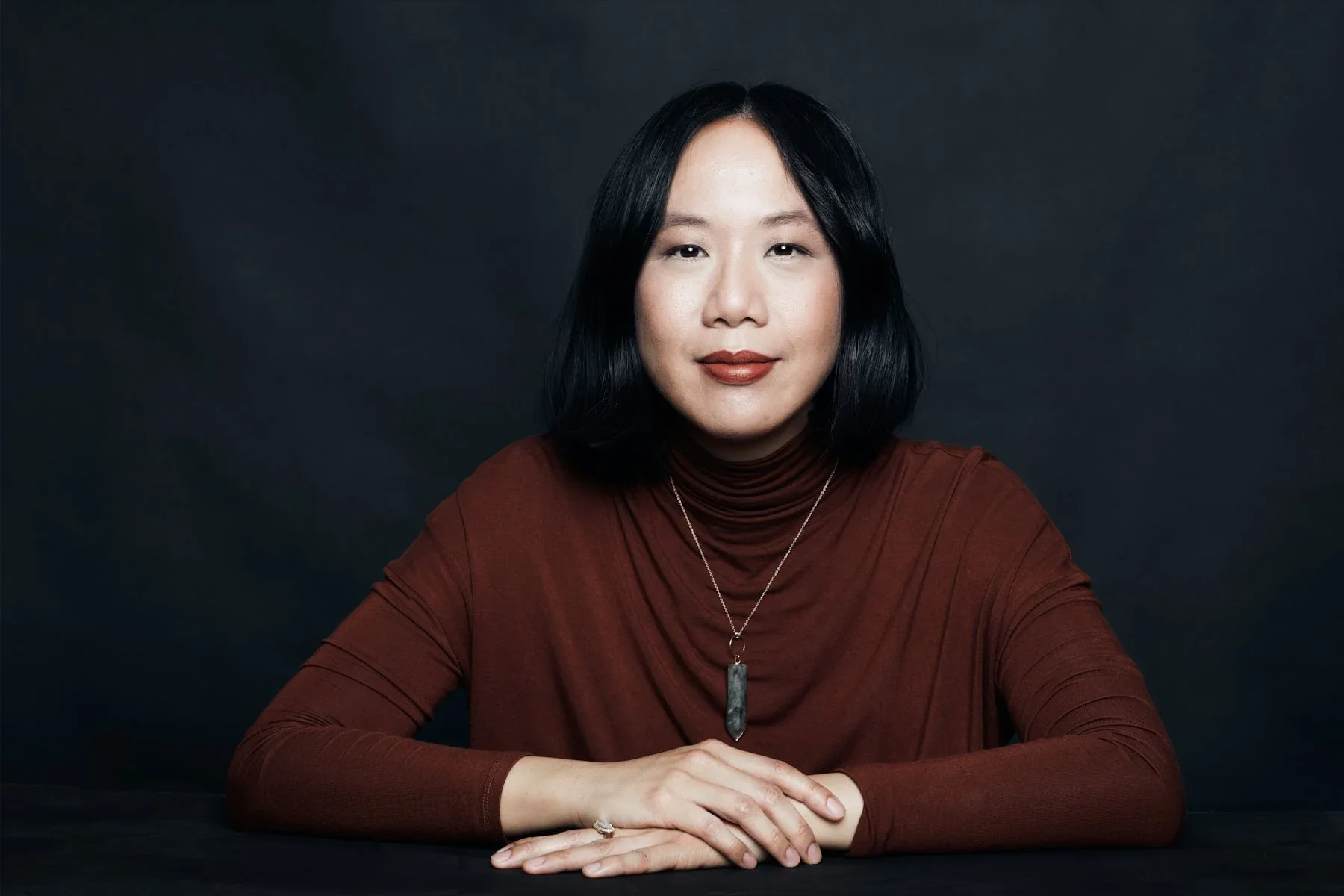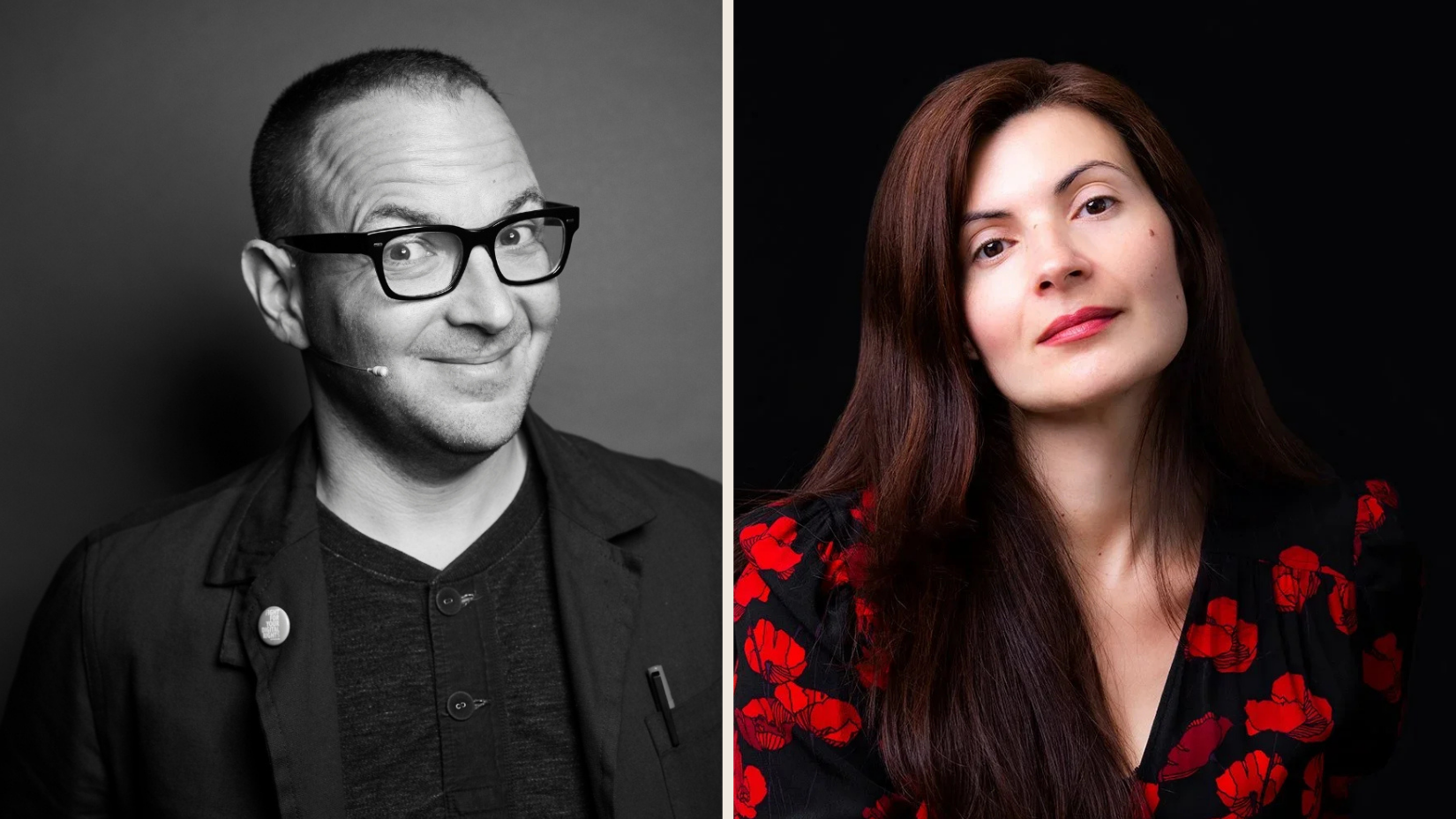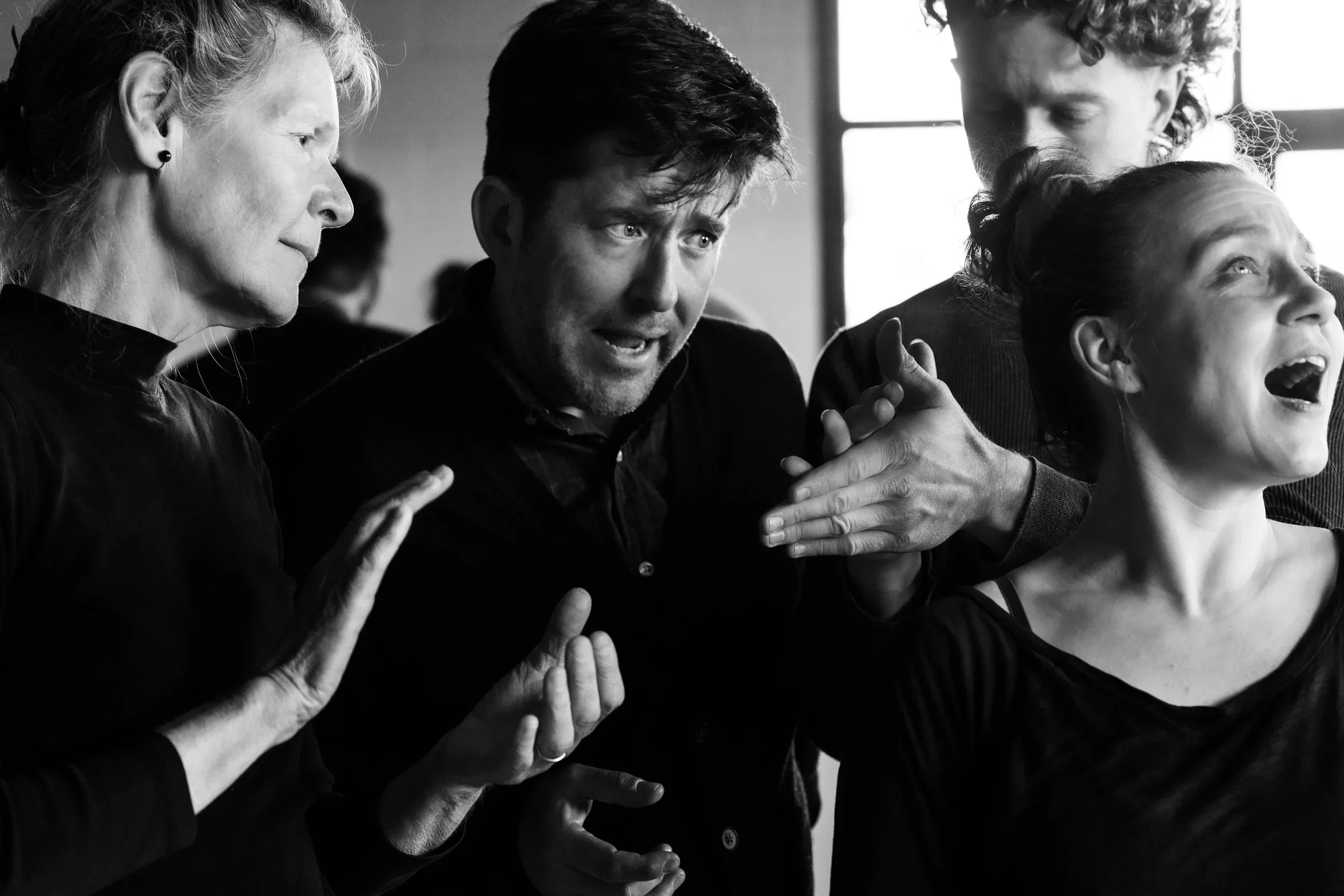Nick Marino’s East Side Story is a sincere and often hilarious love letter to the PNE
The fair-inspired memoir-meets-oral-history tells of teenage scammers, tough guys, and local sports legends
WE ALL HAD our COVID projects, those things that kept us occupied during that strange time when meeting up with friends—or going anywhere at all, really—was strictly out of the question.
Some of us learned the intricacies of baking sourdough. Others took up knitting. Or began gardening. Or spent an inordinate amount of time playing Animal Crossing: New Horizons.
When Vancouver writer, comedian, and elementary-school teacher Nick Marino found himself with a lot of extra time on his hands, he decided to take an online writing course through UBC, taught by local journalist Jennifer Van Evra.
“We had to pitch story ideas, and I pitched that I worked at the PNE and that all this scamming was going on, and she said ‘Sounds like a great idea for a book,’” Marino recalls in an interview with Stir.
Marino, in fact, did two stints at the Pacific National Exhibition. The first was in 1980, when the 12-year-old spent his shifts blowing up balloons at a booth where fair-goers would attempt to pop them with darts in hopes of walking away with a Billy Joel or Blondie LP. He soon learned that he could trade records for hamburgers, and that similar grifts were transpiring all over Hastings Park. These little scams, it turned out, were just part of working at the PNE.
Marino told his friend, fellow comic and writer Charles Demers, that Van Evra liked his pitch, and then promptly forgot all about it—but Demers didn’t.
“Four months later,” Marino recalls, “he phoned me and said, ‘Hey, you know that book you’re writing on the PNE? Is it going to be funny?’ And I had not thought about it again since I pitched the idea to the teacher, but I knew this was my one opportunity. So, I said, ‘Yes, the book is definitely funny. It’s kind of dark humour, perhaps, but it’s going to be funny.’ And I hadn’t done a thing on it, but then he said, ‘Okay, send me a sample chapter and an annotated table of contents, and we’ll go from there.’ So I just looked up what annotated table of contents meant.”
That sample chapter must have been pretty good. It landed Marino a deal with Arsenal Pulp Press imprint Robin’s Egg Books, which is publishing his book, East Side Story, this month, with a foreword written by Demers himself.
The book is part memoir and part oral history of the PNE as told by those who worked the fair in summers past. In a larger sense, it’s a sincere and often hilarious love letter to an East Vancouver where some things have remained the same through the decades, even as seemingly everything else has changed.
His experiences at the PNE were the initial inspiration for East Side Story, but Marino says he didn’t really set out to write a book about the institution that some Vancouverites love to hate (or hate to love). Instead, he envisioned it as “kind of a coming-of-age story that parallels me going through my teens and wanting to be something that I wasn’t, and Vancouver as a city wanting to be something that it wasn’t—wanting so badly to be seen as a world-class city. So that was my original intention, but I just ended up getting a lot more PNE stories, and it was way more interesting than the Vancouver stuff.”
Marino introduces the reader to a number of unforgettable characters, including tough guy “Red” Scardillo, who estimates he dove fist-first into some 200 fights during his time as an unofficial PNE rule enforcer; and octogenarian Ronnie Crump, who, alongside his twin brother Robbie, shared stages with the likes of Louis Armstrong and Jimi Hendrix before becoming one of Vancouver’s first Black longshoremen.
“A lot of stuff I have in there, people came to me,” Marino says of these stories. “I didn’t really have to go out looking for that much, because people would hear I was writing this, through a friend or whatever, and they would just come to me and say ‘Hey, I got a good story for you.’ And sometimes it would work out, but sometimes people think they’ve got a good story and they don’t at all.”
Marino also had the opportunity to interview a few bona fide local celebrities for East Side Story. These include veteran broadcast journalist Gloria Macarenko, who has won a number of prestigious awards and was made a member of the Order of Canada in 2018—four decades after she was crowned as Miss PNE 1978.
We also hear from soccer great Bob Lenarduzzi and Canadian Football League legend Lui Passaglia, who, first as a youth soccer player and then as a BC Lions placekicker for a record-setting 25 seasons, spent his entire athletic career at Hastings Park.
A couple of other well-known locals didn’t make it into the book, for very different reasons. Marino interviewed former Vancouver Canucks centre Cliff Ronning, but accidentally erased the recording before he could transcribe it.
And then there was the elusive rock star with the ever-present headband.
“I wanted to interview Mike Reno from Loverboy, because one of the first shows they ever played was opening up for KISS at the Coliseum, I think, in 1979,” says Marino. “And he’s sort of a local guy. I think he’s from Kelowna, but he makes his home in Vancouver. They played some of those Empire Stadium shows, and I just wanted something from someone who grew up here on what it was like becoming a big star and performing in their hometown.”
Marino has most of his facts right, although it bears mentioning that Reno was actually born in New Westminster and grew up in the Okanagan. It is true, however, that Loverboy played its very first concert at the Pacific Coliseum, on a bill with KISS on Monday, November 19, 1979. The late great local rock critic Tom Harrison was there to review the show, and he summed the proceedings up thusly: “Opening for KISS was Lover Boy [sic], a band from Vancouver that was introduced as the sound of the ’80s. If Lover Boy is the sound of the ’80s we’re in for another forgettable decade.”
You could argue that Loverboy had the last laugh, going on to sell approximately a kajillion records and landing a spot in the Canadian Music Hall of Fame. The band continues to tour incessantly and is in fact on the road in the U.S. as this article is being written. Maybe that’s why Reno proved to be impossible to land an interview with.
“I went back and forth with his publicist, like 20 times it seemed like, and it just never worked. But that one would have been fun to get,” Marino says.
There may still be a chance. Because Marino ended up getting more PNE stories than he could possibly use in one book, there’s already talk of an East Side Story sequel—which means the ball’s in your court, Mr. Reno.













